The distribution of cold butter particles within British scones is a topic that has fascinated bakers and food scientists alike for generations. This seemingly simple detail plays a crucial role in determining the final texture, rise, and overall quality of the beloved teatime treat. When done correctly, the technique results in scones with an enviable lightness and flakiness that melts in the mouth.
Traditional British scone recipes call for incorporating cold butter into the dry ingredients before adding any liquids. The key lies in how the butter is distributed throughout the flour mixture. Unlike creaming methods used in cakes, where butter is thoroughly blended with sugar, scone preparation requires maintaining distinct, small butter particles within the dough. These solid fat pockets create steam during baking, which lifts the layers of dough apart, producing that characteristic flaky texture.
The temperature of the butter proves absolutely critical to this process. Butter that's too warm will blend completely into the flour, resulting in a denser, more cookie-like texture. Conversely, butter that's too cold can make the dough difficult to work with. The ideal temperature range falls between refrigerator-cold and slightly malleable - cool enough to maintain its structure when rubbed into the flour, but not so hard that it resists breaking down into appropriately sized particles.
Various techniques exist for achieving the perfect butter distribution. The traditional rubbing-in method, where bakers use their fingertips to break the butter into the flour, remains popular among purists. This hands-on approach allows for precise control over the size of the butter particles, typically aiming for something resembling coarse breadcrumbs with some larger pea-sized pieces remaining. However, modern adaptations have introduced alternative methods, including grating frozen butter or pulsing the mixture in a food processor.
Scientific studies have revealed fascinating details about what happens at a microscopic level during this process. When cold butter particles are properly distributed, they create physical barriers between gluten strands as the dough hydrates. This prevents excessive gluten development, which would otherwise make the scones tough. The butter also coats flour particles, temporarily inhibiting moisture absorption and creating pockets that will later expand with steam during baking.
The size and distribution of these butter particles directly influence the final product's characteristics. Larger, irregularly distributed pieces tend to create more dramatic flakiness with visible layers, while smaller, more uniform particles yield a more tender, cake-like crumb. Regional preferences across Britain show variation in this regard, with some areas favoring distinctly laminated textures while others prefer a more uniform consistency.
Professional bakers often develop their own signature techniques for butter incorporation based on desired outcomes. Some advocate for leaving visible streaks of butter in the dough, while others prefer a more homogeneous appearance. The debate over optimal particle size continues in baking circles, with passionate arguments on all sides. What remains undisputed is the importance of working quickly to prevent the butter from warming during the process.
Environmental factors significantly impact this delicate procedure. Kitchen temperature, humidity, and even the warmth of the baker's hands can affect how the butter behaves during incorporation. Many experts recommend chilling not just the butter, but also the mixing bowl and tools during warm weather. Some go so far as to work near an open refrigerator or use marble slabs to maintain low temperatures throughout the preparation.
The type of butter used also influences particle distribution. Higher-fat European-style butters tend to maintain their structure better than standard varieties, while cultured butters can introduce subtle flavor complexities. Salt content affects how the butter interacts with the flour, and some artisanal producers even create specialty butters specifically formulated for laminated dough applications.
Modern technology has brought new insights into this age-old technique. Thermal imaging reveals how temperature gradients develop during mixing, while microscopic photography shows the exact relationship between butter distribution and gluten formation. These tools help explain why generations of bakers have instinctively known that proper cold butter incorporation makes all the difference between an ordinary scone and an extraordinary one.
As baking science continues to evolve, the fundamental principles of cold butter distribution remain unchanged. This simple yet profound technique connects contemporary bakers with centuries of culinary tradition. Whether preparing classic plain scones or innovative flavor variations, mastering butter distribution provides the foundation for exceptional results. The quest for perfect particle distribution continues to inspire both home bakers and professionals in their pursuit of scone perfection.

By /May 26, 2025

By /May 26, 2025

By /May 26, 2025

By /May 26, 2025

By /May 26, 2025
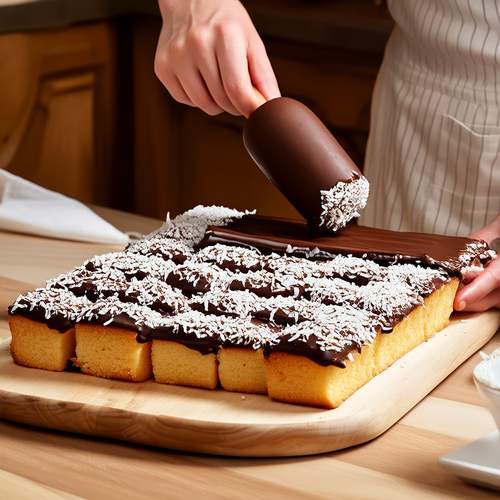
By /May 26, 2025

By /May 26, 2025

By /May 26, 2025

By /May 26, 2025

By /May 26, 2025
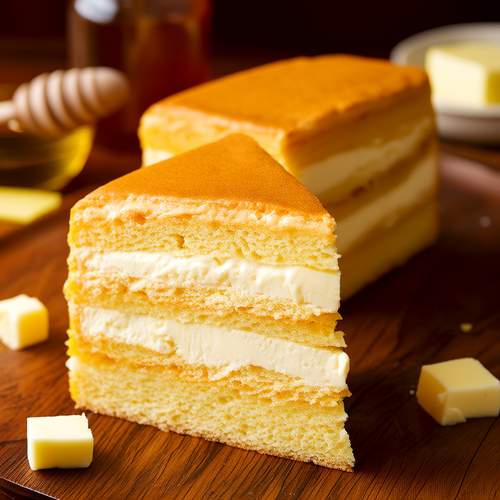
By /May 26, 2025
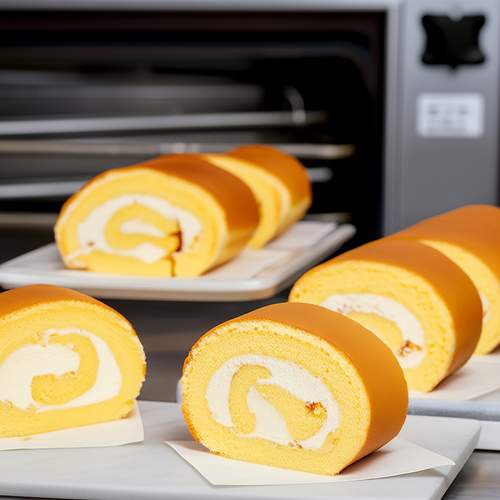
By /May 26, 2025

By /May 26, 2025
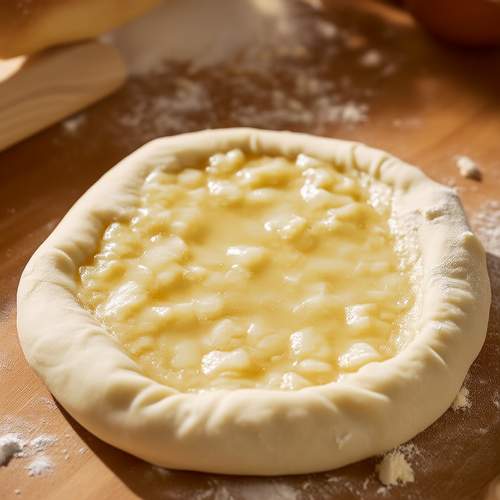
By /May 26, 2025

By /May 26, 2025

By /May 26, 2025
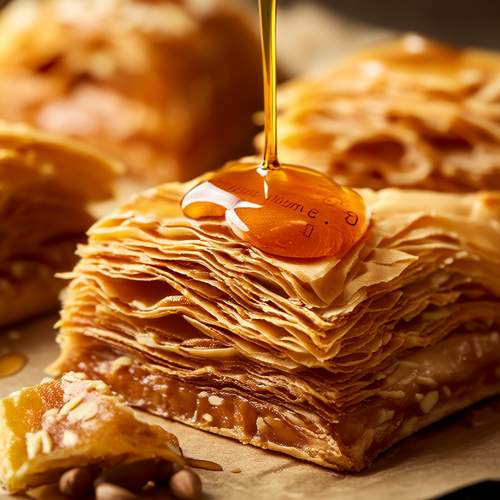
By /May 26, 2025
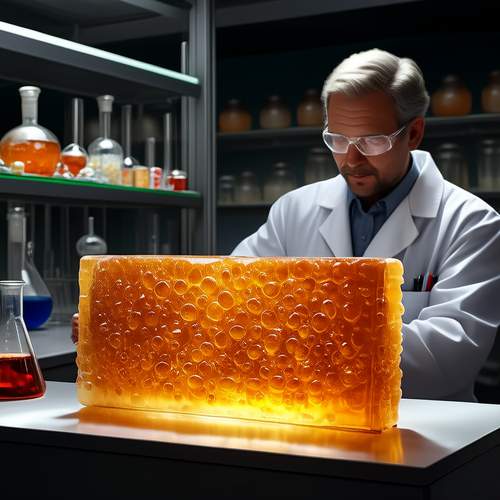
By /May 26, 2025

By /May 26, 2025

By /May 26, 2025